Platformer paradise: How Super Mario-like games became cultural icons

Platformers have been a cornerstone of gaming since its inception, evolving from humble beginnings into a genre that marries creativity, challenge, and storytelling. These games epitomise the “easy to pick up, hard to master” philosophy, presenting players with carefully designed worlds that demand precision and reward skill.
While iconic series like Super Mario Bros. have shaped the platformer’s golden reputation, many exceptional titles have flown under the radar. Not just Super Mario Bros., we try to dive deep into some of the most overlooked yet transformative platformers, their significance, and what their evolution tells us about the genre’s enduring legacy.
The origins of platforming greatness
The platformer genre emerged in the early 1980s with titles like Donkey Kong and Pitfall!, which introduced players to the joy of traversing challenging terrains. However, it was 1985’s Super Mario Bros. that solidified platformers as a dominant force in gaming. By combining tight controls, imaginative levels, and an instantly iconic character, the game redefined what video games could achieve.
The cultural impact of Super Mario Bros. cannot be overstated. It not only launched one of the most beloved franchises of all time but also established Nintendo as a leader in the gaming industry. The game’s success demonstrated the potential of video games as a medium for storytelling and immersive design. Other developers soon followed suit, leading to a golden age of platformers in the late ‘80s and ‘90s.
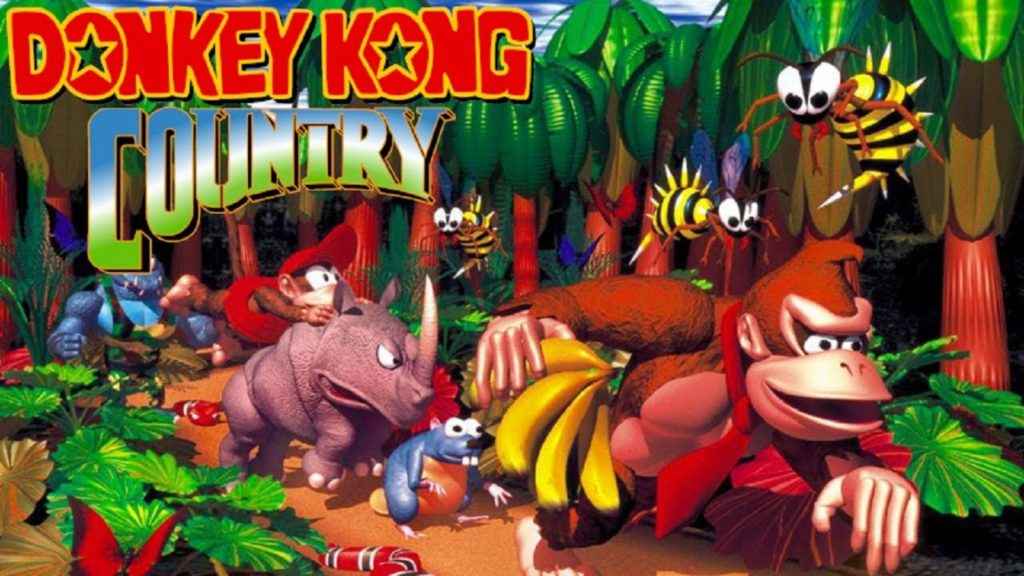
Over the decades, platformers evolved, adapting to technological advancements and shifting player expectations. The 1990s ushered in 3D platformers like Super Mario 64 and Crash Bandicoot, which pushed the genre’s boundaries. The introduction of 3D gaming allowed for more complex-level designs and immersive experiences, giving players the freedom to explore vast worlds.
Yet, while many platformers became household names, some equally remarkable titles remained in the shadows. These hidden gems not only represent the genre’s creativity but also highlight its cultural significance.
Rediscovering platforming’s underrated gaming classics
Celeste (2018)
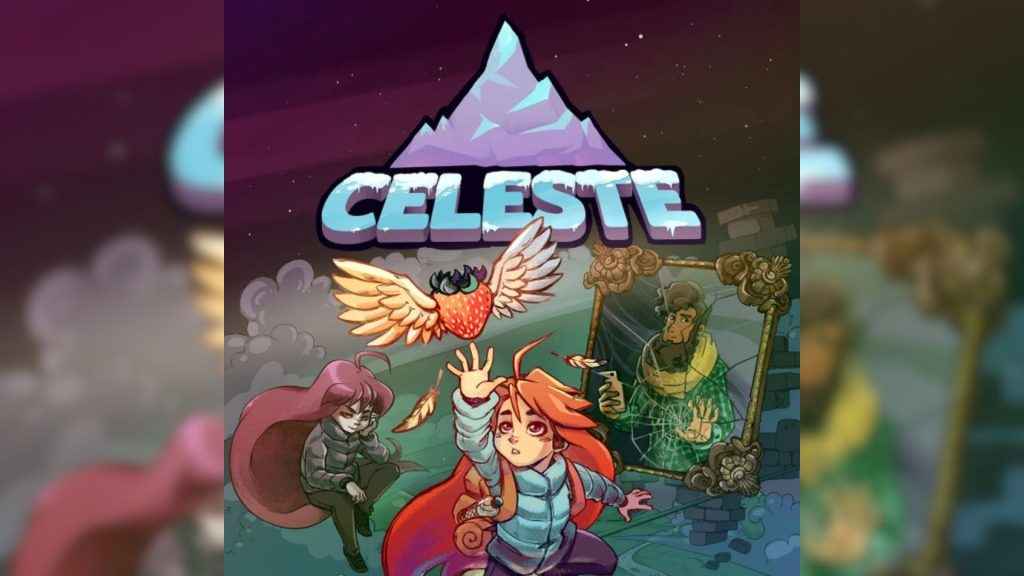
In Celeste, players guide Madeline as she ascends the treacherous Celeste Mountain. Beneath its surface-level platforming challenges lies a poignant narrative about mental health and perseverance. Every obstacle mirrors Madeline’s internal struggles, making each success deeply cathartic.
Developed by Maddy Makes Games, Celeste was a labour of love that resonated with players worldwide. Its pixel-perfect controls and intuitive mechanics make it a masterclass in game design, but it’s the emotional depth that truly sets it apart. The game’s accessibility features, such as an Assist Mode, ensure that it can be enjoyed by a wider audience.
The cultural relevance of Celeste extends beyond gaming circles, sparking conversations about inclusivity and mental health in media. The game’s release coincided with a growing awareness of mental health issues in society, making its narrative all the more impactful. Today, Celeste is heralded as a modern classic, inspiring a new wave of narrative-driven platformers.
Hollow Knight (2017)
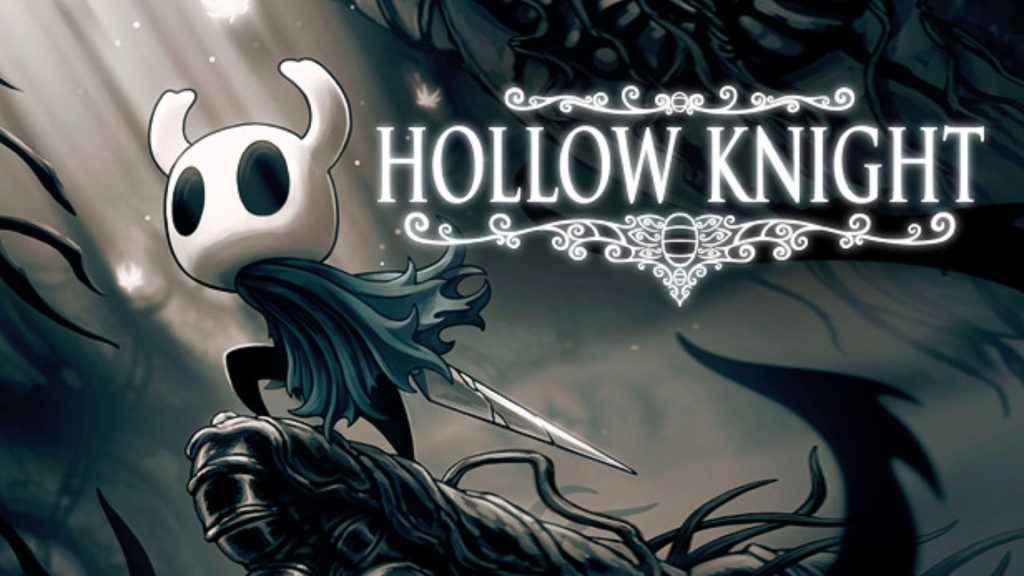
Set in the hauntingly beautiful Hallownest, Hollow Knight combines the exploration of Metroidvanias with the precision of platformers. The game’s atmospheric world, brimming with secrets and lore, invites players to lose themselves in its labyrinthine caverns.
Team Cherry, the small Australian studio behind Hollow Knight, achieved the seemingly impossible: creating a game that feels both expansive and intimate. Every inch of Hallownest is meticulously crafted, offering players a sense of discovery akin to classics like Super Metroid and Castlevania: Symphony of the Night. Beyond its gameplay, Hollow Knight has become a cultural touchstone for indie development. Its minimalist storytelling and rich world-building demonstrate the power of subtlety in narrative design.
Team Cherry’s commitment to quality – evidenced by free expansions – cemented its place in the hearts of fans. As players eagerly await its sequel, Silksong, the game’s legacy continues to grow. The success of Hollow Knight underscores the potential of indie games to rival and even surpass AAA titles in quality and impact.
Ori and the Blind Forest (2015)
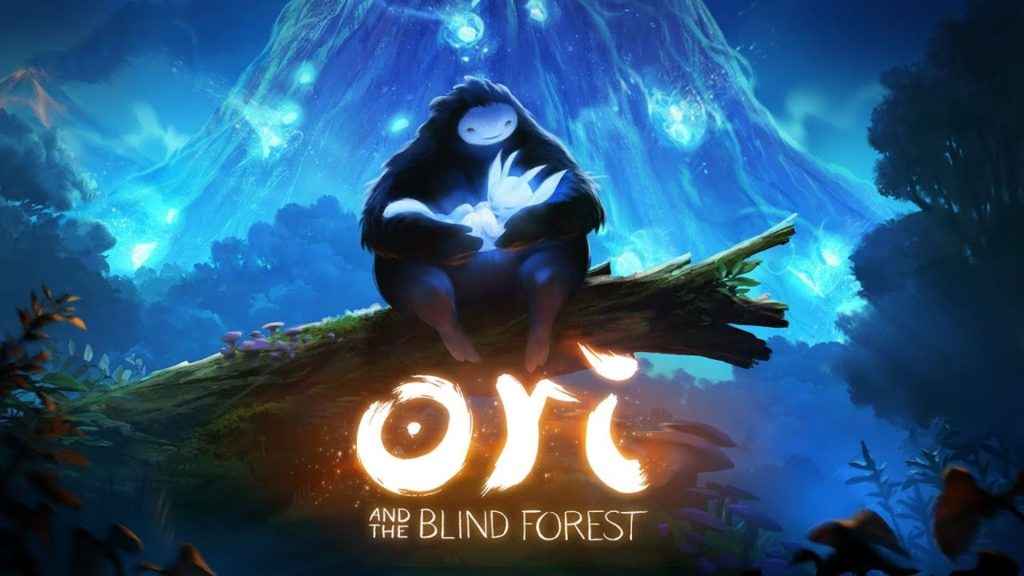
Few games blend art and gameplay as seamlessly as Ori and the Blind Forest. Its hand-painted visuals and orchestral score create a world that’s as much a feast for the eyes as it is a test of skill. Players navigate Ori, a guardian spirit, through a forest teeming with life and danger, unravelling a story of love and sacrifice.
Released at a time when many platformers leaned heavily on nostalgia, Ori showed that the genre could still innovate. Moon Studios, the developers, emphasised fluidity in movement, creating a gameplay experience that feels almost balletic. Every leap, glide, and wall jump is a joy to execute, making traversal an integral part of the game’s appeal.
Its sequel, Ori and the Will of the Wisps expanded upon its mechanics, introducing new abilities and a more interconnected world. The Ori series is a beacon of creativity, proving that platformers can be as emotionally resonant as they are mechanically satisfying.
A Hat in Time (2017)
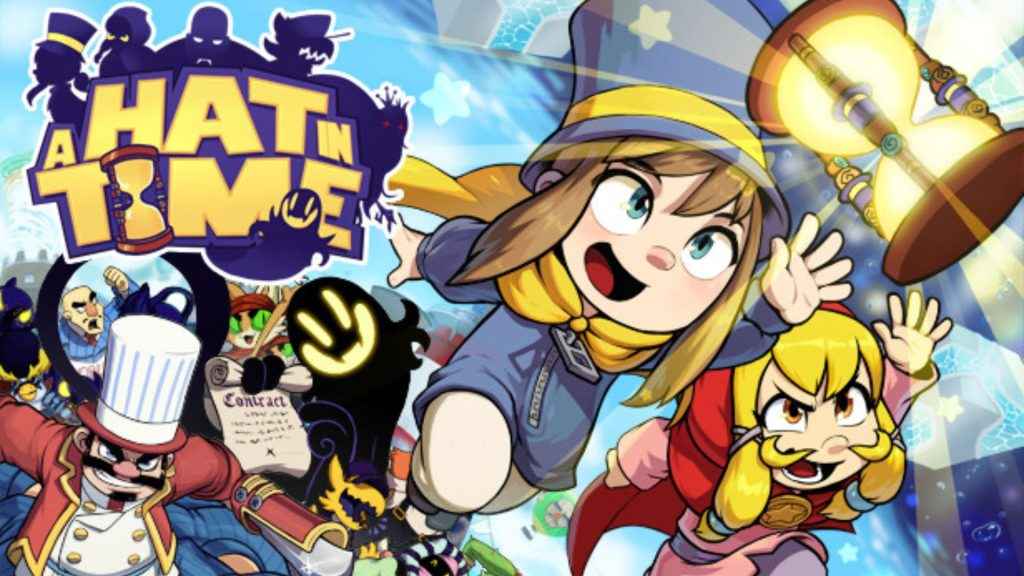
In an era dominated by gritty realism, A Hat in Time brought back the playful spirit of classic 3D platformers. Developed by Gears for Breakfast, the game’s colourful worlds and quirky characters harken back to the genre’s heyday.
While its surface-level charm draws players in, its intricate level design and diverse gameplay keep them engaged. Each world in A Hat in Time offers unique challenges, from stealth missions to time-based puzzles, ensuring that players are constantly surprised. The game’s humour and personality make it a standout, appealing to both longtime fans of the genre and newcomers alike.
A Hat in Time is a testament to the genre’s ability to adapt – offering modern touches while retaining its nostalgic core. Its success has reignited interest in 3D platformers, paving the way for future titles to explore similar territory.
Shovel Knight (2014)
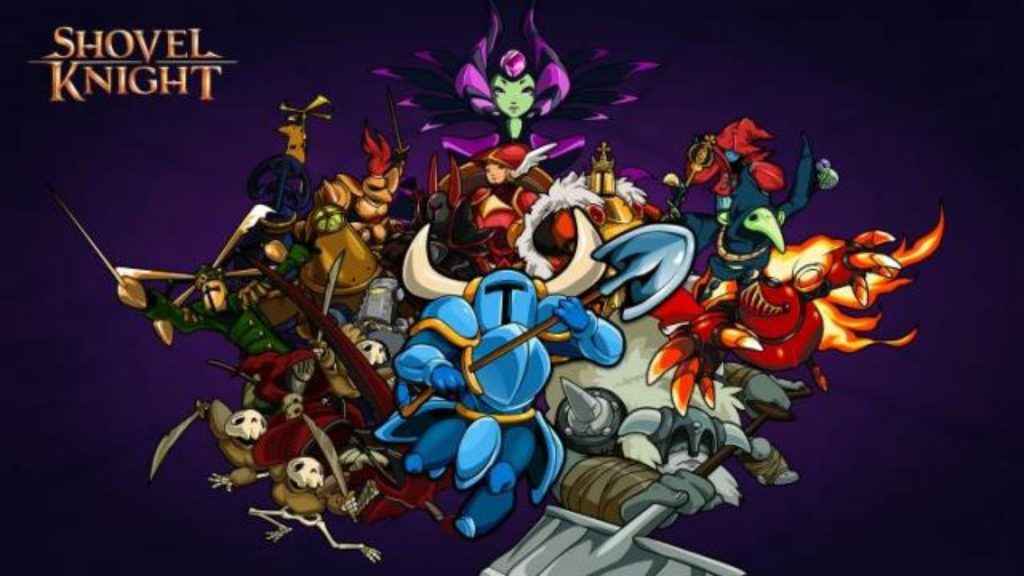
Shovel Knight is a love letter to the 8-bit era, combining the best elements of retro platformers with modern design sensibilities. Its titular hero, armed with a shovel, embarks on a quest filled with challenging foes and memorable bosses.
The game’s success is a testament to the enduring appeal of pixel art and tight gameplay. Yacht Club Games, the studio behind Shovel Knight, built a game that feels both familiar and fresh, capturing the essence of classics like Mega Man and DuckTales. Its multiple expansions – each introducing new characters and mechanics – ensure its place as a modern classic.
Moreover, Shovel Knight has become a mascot for indie gaming, proving that small studios can create timeless experiences. The game’s success has inspired countless developers to embrace retro aesthetics, leading to a renaissance of pixel art games.
The role of platformers in gaming culture
Platformers have always held a unique position in gaming culture. They’re often the first genre new players encounter, thanks to their intuitive mechanics and accessible design. At the same time, they’ve provided seasoned gamers with some of the most challenging experiences in gaming history.

The genre’s focus on movement and precision has also made it a fertile ground for speedrunning communities. Games like Super Mario 64 and Celeste are staples of speedrunning events, showcasing the skill and dedication of players who push these games to their limits.
Culturally, platformers have also served as a mirror for societal trends. The rise of indie platformers in the 2010s reflects a broader shift toward smaller, more personal gaming experiences. These games often tackle themes like mental health (Celeste), environmentalism (Ori and the Blind Forest), and identity (Hollow Knight), demonstrating the genre’s capacity for depth and nuance.
The current state and future of platformers
While the AAA space has largely shifted toward open-world and cinematic experiences, platformers remain a thriving genre in the indie scene. Games like Celeste, Hollow Knight, and Ori show that there’s still room for innovation within the genre, whether through narrative depth, visual artistry, or gameplay mechanics.
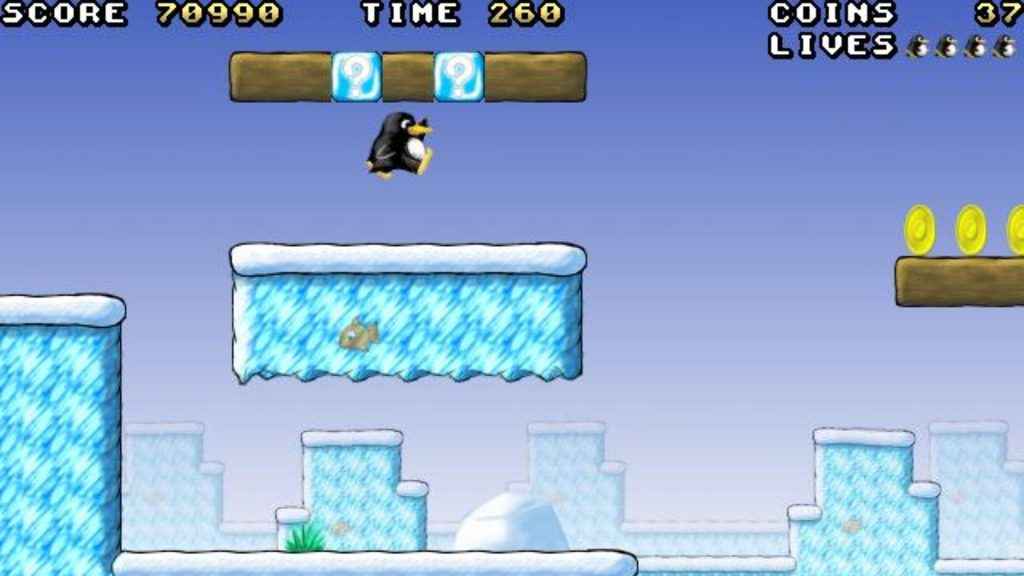
Culturally, platformers have also gained renewed relevance. They serve as a gateway for new players, offering accessible yet challenging experiences. Moreover, their often smaller scope makes them ideal for developers looking to tell personal or experimental stories.
Looking ahead, the future of platformers seems bright. Advances in technology – from ray tracing to AI-driven level design – promise to push the genre’s boundaries further. Virtual reality, too, holds untapped potential for platformers, offering immersive environments that reimagine movement and perspective.
Why do platformers endure?
What makes platformers timeless? At their core, these games distill the essence of play: movement, exploration, and mastery. They’re a genre that rewards skill while remaining approachable, making them a favourite across generations. More than that, they’re a canvas for storytelling and artistic expression, as seen in titles like Celeste and Ori.
As gaming continues to evolve, platformers will undoubtedly adapt, finding new ways to captivate players. Whether you’re a seasoned gamer or new to the medium, these hidden gems are a reminder of why platforming remains a paradise worth exploring.
Interested in reading more gaming features, news, and opinions? Head over to SKOAR!
Satvik Pandey
Satvik Pandey, is a self-professed Steve Jobs (not Apple) fanboy, a science & tech writer, and a sports addict. At Digit, he works as a Deputy Features Editor, and manages the daily functioning of the magazine. He also reviews audio-products (speakers, headphones, soundbars, etc.), smartwatches, projectors, and everything else that he can get his hands on. A media and communications graduate, Satvik is also an avid shutterbug, and when he's not working or gaming, he can be found fiddling with any camera he can get his hands on and helping produce videos – which means he spends an awful amount of time in our studio. His game of choice is Counter-Strike, and he's still attempting to turn pro. He can talk your ear off about the game, and we'd strongly advise you to steer clear of the topic unless you too are a CS junkie. View Full Profile




